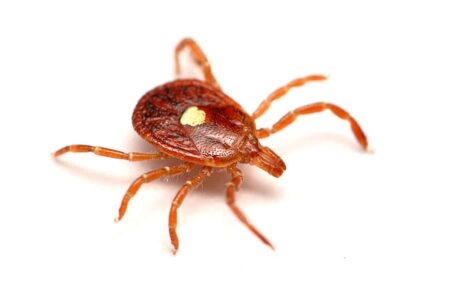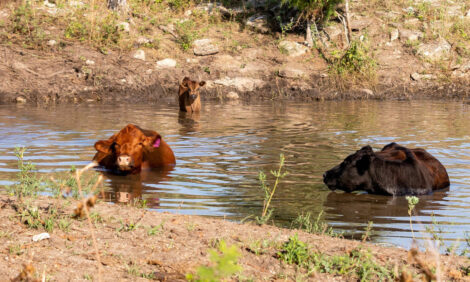



Wearing Gloves on a Dairy Farm
Wearing gloves is a very simple management practice that could help to reduce milk quality issues and limit spreading of contagious and environmental bacteria between quarters and cows.
The use of personal protective equipment (PPE) is receiving a great deal of attention due to the COVID-19 pandemic. Dairy producers rely on PPE to perform certain aspects of their jobs such as wearing disposable gloves during milking. In a recent article, Dairy Educator Amber Yutzy discussed the importance of gloves to reduce mastitis..jpg)
Weekly, we receive calls from producers that are experiencing milk quality issues on their farm. Often, we find common denominators on each farm that are the sources of the high somatic cell count (SCC). Wearing gloves is a very simple management practice that could help to reduce contagious and environmental bacteria spreading between quarters and cows.
Do you wear gloves while milking cows? You should! Gloves are a very inexpensive prevention tool for a high-cost problem. This preventative tool can help to exclude bacteria and dirt from the cracks, crevices and fingernail beds on your hands. Gloves can easily be disinfected between cows because of their smooth surface. Studies have shown that there are 75% fewer bacteria on used gloves than on bare hands. Wearing gloves also reduces the spread of both contagious and environmental bacteria by 50%.
Mastitis caused by contagious bacteria on a farm is hard to cure and results in loss of milk production and money. Cows infected with contagious mastitis often cause a high bulk tank Somatic Cell Count (SCC). Due to this, producers should take every step necessary to prevent the spread of bacteria to other herd mates or within the udder. Bacteria travel from quarter to quarter via milk on your hands or within the milking unit. To limit the spread of contagious mastitis, milking practices such as milking infected animals last, post milking teat disinfection, universally treating dry cows, and wearing gloves should be implemented on your farm.
In today's milk market, gloves are necessary to reach the highest premium available to your farm. It should be written into your standard operating procedures and required that they are worn by all employees. When choosing a glove, be sure that it fits the employee's hands smoothly like skin. Gloves come in many sizes and colors. It may be necessary to buy a variety to find what works on your farm. Gloves that are too large often tear easily and get stuck in the inflations due to the vacuum. Gloves should be disinfected regularly during milking with teat dip or disinfecting solution. Single-use gloves should be disposed of; reusing gloves makes them brittle, causing frequent tears and increased risk of udder contamination.
There is concern that gloves may be more difficult to source due to the pandemic, so what can you do on your farm?
- Don't wait until you run out to order more.
- Review glove usage procedures with your employees and family.
- - Remind everyone that wearing gloves is not a substitute for proper handwashing and review handwashing procedures.
- - Post signs to remind everyone to wash their hands.
- Keep a reserve of gloves dedicated for the highest risk activities including treating sick animals, employees with cuts, wounds, or skin issues on their hands, and for milking cows with mastitis.
- If possible, milk cows with mastitis last and wash and sanitize your hands afterward.
It is becoming increasingly important to implement good hygiene on farms. Being proactive in preventing new mastitis infections now, will help to decrease the chance of an outbreak. If gloves should become difficult to purchase it is important to follow recommended hand sanitizing practices between all infected animals to reduce the spread of bacteria.
Photo courtesy of Penn State Extension.

